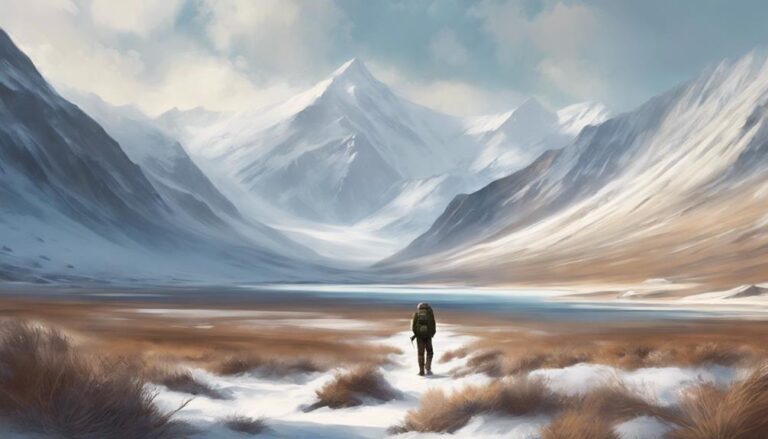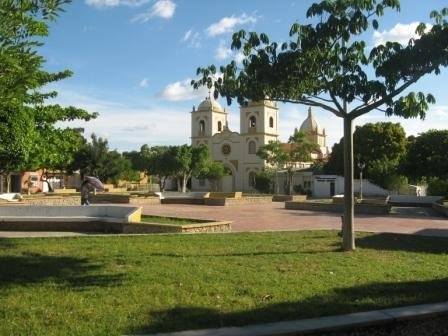What Are the Negative Human Impacts on Yosemite?
Human activities are profoundly impacting Yosemite National Park, threatening its natural beauty and ecosystems through various forms of pollution, habitat destruction, overcrowding, climate change, invasive species, and noise disturbances. Litter and pollution contaminates water sources and harms wildlife, while habitat destruction and fragmentation disrupt ecosystem processes. Overcrowding and congestion issues strain park resources, and climate change alters species habitats. Invasive species outcompete natives, and noise pollution disrupts natural tranquility. These human impacts threaten Yosemite's delicate balance; as we delve further, the complexities of these issues will come into sharp focus, revealing the urgent need for sustainable solutions.
Litter and Pollution Problems
Perched atop the granite cliffs and situated within the valleys of Yosemite National Park, a stark reality exists: a staggering amount of litter and pollution threatens to tarnish the very essence of this natural wonder. The park's stunning landscapes and ecosystems are being marred by discarded trash, from plastic bottles and food wrappers to abandoned camping gear and human waste. This pollution not only blights the park's beauty but also poses a significant threat to wildlife, contaminating water sources and harming the very animals that call Yosemite home. The impact of human carelessness is evident, and it is imperative that visitors take responsibility for their actions, adopting sustainable practices to mitigate the devastating effects of litter and pollution.
Habitat Destruction and Fragmentation
Beyond the litter and pollution, Yosemite's delicate ecosystems are further imperiled by the destructive forces of habitat destruction and fragmentation, which ravage the park's natural habitats and disrupt the intricate balance of its ecosystems. Human activities such as infrastructure development, agriculture, and logging have led to the degradation and division of habitats, causing population isolation and reduced biodiversity.
- Habitat destruction leads to the loss of native species and the introduction of invasive species, altering ecosystem processes.
- Fragmentation disrupts species migration patterns and disrupts the exchange of genetic material.
- Isolated habitats become vulnerable to natural disasters and climate change.
- Human-induced habitat destruction and fragmentation have devastating long-term consequences for Yosemite's ecosystems.
- Conservation efforts must prioritize habitat preservation and restoration to mitigate these impacts.
Overcrowding and Congestion Issues
As Yosemite's popularity continues to swell, the once-pristine landscapes are now threatened by the overwhelming influx of visitors, straining the park's infrastructure and putting immense pressure on its natural resources. The sheer volume of visitors has led to overcrowding and congestion, resulting in traffic jams, parking woes, and trails worn thin. This not only degrades the visitor experience but also compromises the park's delicate ecosystem. The strain on resources is evident in overflowing trash cans, inadequate restrooms, and inadequate parking facilities. To mitigate these issues, park authorities must implement effective crowd management strategies, invest in infrastructure development, and promote sustainable tourism practices to preserve Yosemite's natural beauty for future generations.
Climate Change Impacts on Ecosystems
As the planet warms, Yosemite's ecosystems are undergoing a profound transformation. Rising temperatures are altering the delicate balance of species habitats, threatening the very existence of some of the park's most iconic flora and fauna. As a result, many species are being forced to migrate to higher elevations or more northerly latitudes in search of suitable habitats, disrupting the intricate web of relationships within Yosemite's ecosystems.
Rising Temperatures Threaten Biodiversity
Rising temperatures in Yosemite National Park are disrupting the delicate balance of ecosystems, threatening the very survival of many plant and animal species that call the park home. As temperatures continue to rise, the park's unique biodiversity is under threat. This can have devastating consequences for the entire ecosystem. Some of the key impacts include:
- Changes in phenology, or the timing of seasonal events, such as earlier springs and later autumns
- Disruptions to food webs, as species that depend on each other for survival struggle to adapt
- Increased risk of wildfires, as dry conditions and heat create a tinderbox of fuels
- Shifts in tree species composition, as some trees are more resilient to heat and drought than others
- Changes in water availability, as snowpack melts earlier and more rapidly
Shift in Species Habitats
Climate change is reshaping the distribution of species habitats within Yosemite National Park, as many plants and animals struggle to adapt to the changing environmental conditions. Rising temperatures are altering the delicate balance of ecosystems, forcing species to migrate to higher elevations or farther north in search of suitable habitats. This shift is particularly evident in the park's iconic giant sequoias, which are struggling to regenerate in the face of warmer temperatures and altered fire regimes. As a result, Yosemite's unique biodiversity is under threat, with potentially devastating consequences for the park's fragile ecosystems. As the climate continues to change, urgent action is necessary to monitor and mitigate the impacts on Yosemite's species habitats to preserve the park's natural beauty and ecological integrity.
Invasive Species and Disease Spread
Human activities, including accidental transportation and intentional introductions, have led to the invasion of non-native species in Yosemite, posing significant threats to the park's delicate ecosystem. These invasive species can outcompete native species for resources, alter habitats, and even drive native species to extinction.
Some notable examples of invasive species in Yosemite include:
- Zebra and quagga mussels, which clog waterways and disrupt aquatic ecosystems
- Cheatgrass, a highly flammable grass that increases wildfire risk
- Himalayan blackberry, which outcompetes native vegetation and alters habitats
- New Zealand mudsnail, which consumes algae and reduces biodiversity
- Fungi such as white pine blister rust, which kills pine trees and alters forest composition
Noise Pollution and Disturbances
Approximately 3.5 million visitors flock to Yosemite National Park each year, generating a cacophony of sounds that disrupt the natural tranquility of the park's ecosystems. The constant din of car horns, engine rumble, and chatter creates an unrelenting din that echoes through the valley. This noise pollution has been shown to alter the behavior of wildlife, causing stress and disrupting their natural habits. In addition, the constant stream of visitors and vehicles disrupts the park's natural soundscape, making it challenging for animals to communicate and navigate their surroundings. As a result, Yosemite's delicate ecosystem is threatened, and the park's natural serenity is compromised. Therefore, noise-reducing measures must be implemented to preserve the park's natural beauty and protect its inhabitants.


